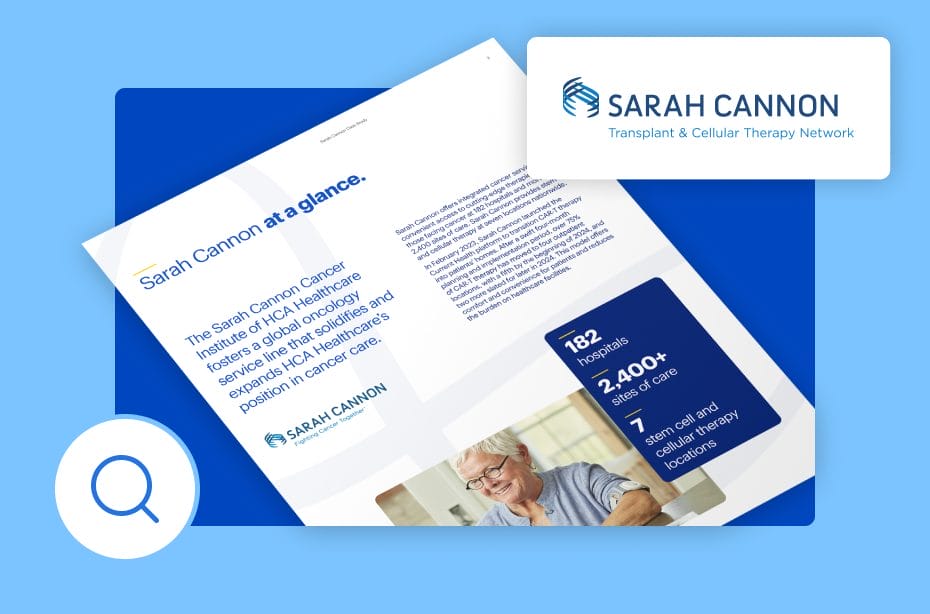Choose Home Care Act Represents a Step Forward for US Healthcare
The new Choose Home Care Act of 2021 represents a big step in making pandemic-triggered healthcare trends permanent. The bill, which was introduced with bipartisan support in the Senate last week, would expand coverage of home-based care for Medicare beneficiaries following a hospital stay.
Today’s Medicare post-acute benefits require patients who need skilled nursing, therapy, and personal care services to recover within a skilled nursing facility (SNF). Recovery at home is only available to patients who need less care and support. But the rapid ramp up of Acute Hospital Care at Home programs at more than 65 health systems across the country has demonstrated that many acute patients can successfully be cared for at home through a combination of remote care technology and in-home services.
“The Choose Home Care Act represents a shift that our healthcare system badly needs: care delivery that is oriented around patient health and wellbeing,” offers Adam Wolfberg, MD, Current Health Chief Medical Officer. “With the incredible advances in technology we’ve seen over the past several years, SNF at home programs can safely care for many Medicare patients following hospitalization. This experience allows them to be surrounded by their familiar environments and loved ones, and often speeds recovery.”
What would the Choose Home Care Act change?
Under the Choose Home Act, Medicare patients who qualify for a SNF stay following a hospitalization would have the option to instead receive nursing, therapies, and other services from the comfort and safety of their own home.
According to Moving Health Home, “The legislation would modernize Medicare’s “post-acute” benefits by providing a new alternative post-acute benefit that allows recovery in the home, the most comfortable and cost-efficient setting. The additional services it would cover include skilled nursing, therapy service, personal care, continuous remote patient monitoring, meals, home adaptations, and non-emergency transportation.”
Patient eligibility and appropriateness for this benefit would be guided by an assessment tool, taking into consideration patient preferences, conditions, function, and the presence of a family member or caregiver.
Dr. Wolfberg adds, “Remote healthcare programs are just getting started. We’ve shown that with a combination of enthusiastic clinicians and patients, alongside integrated tools and data, providers can remotely deliver excellent care. We’re glad to see the Choose Home Act offer more patients access to robust and safe home-based care.”
Which services could be delivered in the home?
In expanding the benefits currently covered for home health agencies, patients could have access to the following services as needed:
- Skilled nursing care
- Physical and occupational therapy
- Speech-language pathology services
- Up to 360 hours of personal care
- Non-emergency transportation
- Clinically appropriate meals
- Remote patient monitoring
- Home adaptive equipment
- Respite care and caregiver supports, education, and training
- Medication management and patient supports
- Care coordination, discharge planning and transition supports
Choose Home Payment Structure
Home Health Care News reports that Choose Home would give home health providers an add-on payment for home-based extended care services delivered on top of traditional home health services. Medicare beneficiaries eligible for Choose Home could be able to receive a maximum of 360 hours of extended care services under the benefit. The add-on payment would be structured as a flat rate falling into one of four categories, depending on total number of hours.
The Potential Medicare Cost Savings of SNF at Home
The economic impact of the Choose Home Act suggests potentially significant savings of up to $247 million annually, according to Dobson Davanzo, an independent health economics firm. Transitional care patients represent a minority of SNF patients, but given the country’s aging population, Choose Home could help with Medicare’s long-term sustainability and provide more flexible care for many seniors.
How South Shore’s SNF at Home Program Bridges the Gap Between Hospital and Home
SNF at home programs are not an entirely new concept. Current Health client South Shore Hospital has built a robust program that leverages a team of mobile integrated health (MIH) paramedics to deliver in-home care, coordinate community services, and help patients avoid (re)admission. Through the Current Health platform, South Shore teams have continuous insight into patient vital signs and daily symptom checks. They can quickly respond to customized, AI-driven alerts, and initiate a video visit with one button.
During a recent Virtual Summit, Dr. Kelly Lannutti, Director of Clinical Transformation and MIH Medical Director, presented a keynote address about South Shore’s SNF at Home program. Watch the recording.


